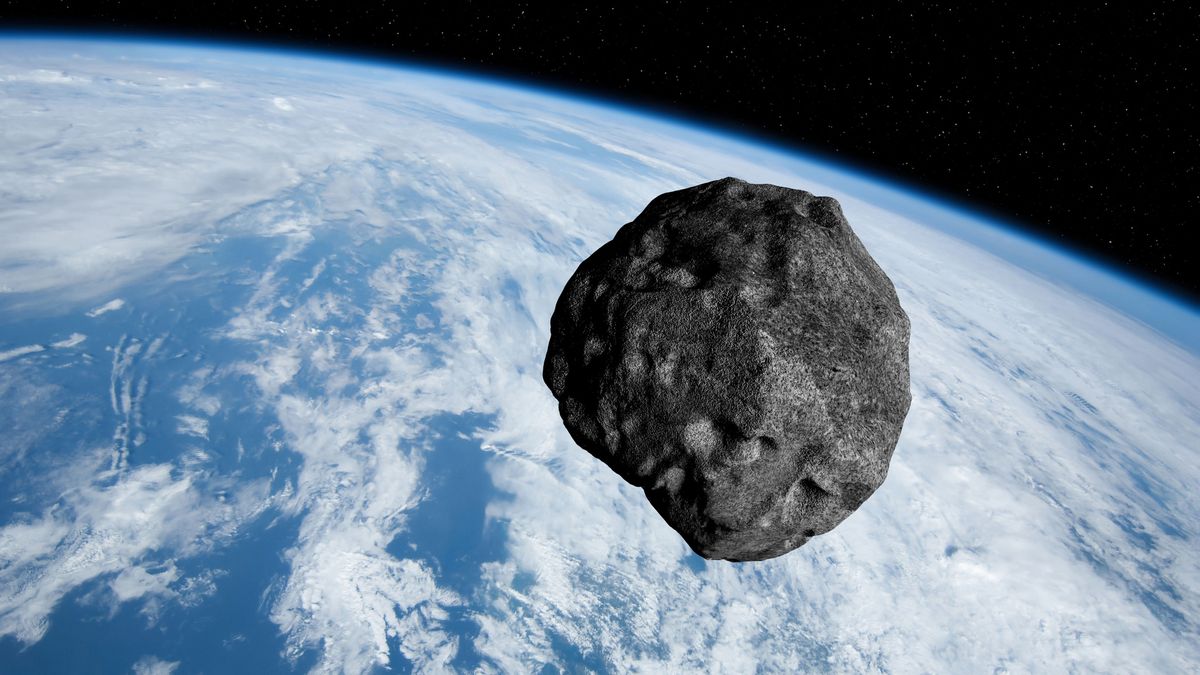Someone recently tried to name one of Earth’s quasi-moons “Moony McMoonface,” and, ironically, the lore behind that is quite a tale.
Not too long ago, Latif Nasser, host of the Radiolab podcast, went sort of viral because he accidentally named a quasi-moon “Zoozve.” The short explanation is that he was looking at a poster on his son’s wall that claimed Venus has a moon — a curious object named “Zoozve.” That raised some alarms because, well, first of all, Venus doesn’t have any moons — and second of all, what the hell is Zoozve? Turns out, Nasser was misreading the poster. In truth, it didn’t say Zoozve. It said “2002VE,” in reference to one of Venus’ quasi-moons, space rocks that appear to orbit a planet like a moon, but are actually more like asteroids orbiting the sun. It’s just an illusion.
Then, after a mini-saga, Nasser managed to get the International Astronomical Union (the organization in charge of officially naming objects in space) to literally name 2002VE “Zoozve” — and, in honor of that, opened a contest to allow people to try naming one of Earth’s quasi-moons, 2004 GU9.
…
And, well, unsurprisingly, someone submitted the name Moony McMoonface — a nod to that time people were invited to name a boat and Boaty McBoatface actually … won. Nasser and his fellow naming-contest panelists, however, were nice enough to allow 2004 GU9 to have a chance at being a cool kid in our solar system.
“Off the top of my head, the top two submissions were probably Quasimoondo and Moony McMoonFace, which, don’t get me wrong, I actually love!” Nasser said. “But, given that we are working with the official namers — the IAU — who are following a long tradition of naming things in our solar system after mythology, we had to rule them out.”
…
The interesting thing about the mythology aspect, though, is that the mythological meaning could fall under any culture’s mythology, per IAU rules. “To me, the most important thing about a name was that it had a good backstory that honored the culture it came from and that felt connected in some way to the quasi-moon itself,” Nasser said.
On one hand, that preemptively gets rid of some clever contenders — I was a big fan of the name suggestion “Zooagug,” which is what you’d get if you misread 2004GU9 on a poster the way Nasser misread Zoozve — but it certainly didn’t prevent the team from getting some awesome submissions nonetheless.
The panelists, which ranged from Bill Nye the Science Guy and “Gossip Girl” actor Penn Badgley to theoretical physicist Sean Carroll and astrophysicist Wanda Diaz Merced, came up with a final seven options.
The first is “Bakunawa,” in reference to a moon-eating, serpent-like dragon in Filipino mythology that’s said to cause eclipses and earthquakes. The second is Cardea, who, in Roman mythology, is the goddess of the door hinge and protects homes from receiving evil intruders. The third is Ehaema, a nocturnal spirit in Estonian mythology. The fourth is Enkidu, a legendary figure and friend of the iconic Gilgamesh in Mesopotamian (Sumerian) mythology. The fifth is Ótr, who, in Norse mythology, could take any form but usually picked that of an otter. The sixth is Tarriaksuk, in reference to humanoid shadow beings that exist in another dimension, according to Inuit mythology — and the last is Tecciztecatl, a lunar deity representing the “man on the moon” in Aztec mythology.



In some ways, Moony McMoonface is too good a name for a quasi-moon, perhaps we name our moon Moony McMoonface, Moon for short. Problem solved.
Seconded! It’s sound logic you’ve got there.
Wait what… it’s called Luna. Or at least… I thought it was.
Surely ‘moon’ is the name of our (primary) moon, and other moons are named after it?